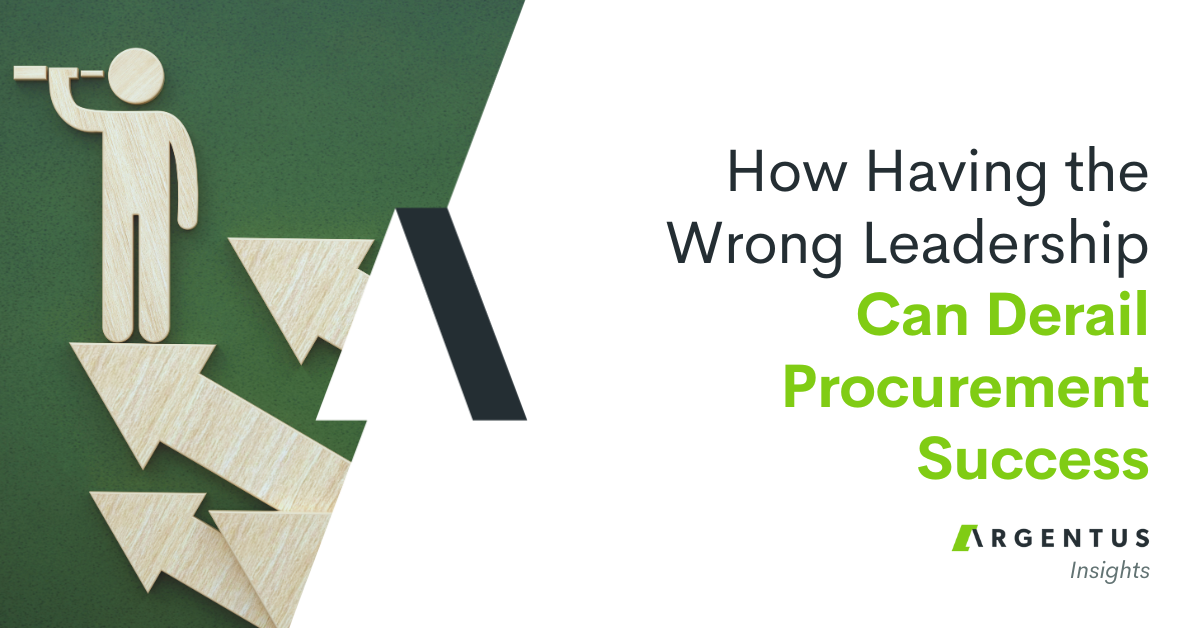
If you live in Toronto, you’ve seen the new, once-in-a-generation replacement streetcars gliding across the streets. But maybe not enough of them as you might expect. It’s been well-publicized how the Toronto Transit Commission’s high-profile acquisition of new Light Transit Vehicles from Canadian-owned Bombardier has run into roadblocks, with only 35 cars on the street at a point when, contractually-speaking, they should have 121.
A new and exceedingly well-reported “Toronto Star Investigates” story gives some inside insight into how Bombardier’s Supply Chain and Manufacturing troubles have caused delays in the arrivals of new streetcars, and it offers – as these stories often do – some interesting Supply Chain lessons, as well as opportunities for learning when it comes to vendor management.
One thing we often talk about is the fact that Supply Chain failures tend to be more high-profile than Supply Chain successes. A world-class Supply Chain hums (with a few famous exceptions) in the background, bringing products to customers efficiently and without issues or drama. But a troubled Supply Chain? Troubled Supply Chains lead to unhappy customers. They end up in the news, and they end up as case studies in business schools. Think about Target’s failed expansion into Canada, Samsung’s exploding phones, the Tesco Horse Meat scandal. The more colourful the story, the more likely the company (and/or its suppliers) end up with a broadening set of PR issues beyond Supply Chain problems.
The Star report spoke to dozens of people involved with the Procurement, as well as Bombardier executives, line workers, and other players in the rollout of the new streetcars. They filed numerous freedom-of-information requests and looked at dozens of existing Bombardier contracts to try to get to the heart of a question that has seemed a bit confounding given that it involves a company with a huge history and track record of success in Canada:
Why has Bombardier been unable to deliver new Streetcars on time?
Often with these questions, it seems like the “how” is ultimately answerable, but the “why” is the tricky thing. Something like a modern light rail vehicle, designed to spec, is exceedingly complex, with tens of thousands of individual parts. The Star outlines a variety of Manufacturing and Supply Chain-related issues befalling Bombardier, including:
- Quality control issues at the manufacturing level
- Non-standardization in many of the thousands of parts causing delays
- Lack of coordination between global production
- A Supply Chain backup causing, at various times, manufacturing employees to be laid off due to a lack of parts
And then there are some other more organizational issues that add some PR-crisis fuel to the Supply Chain fire:
- The fact that it came out the company planned to pay out millions of dollars in executive bonuses shortly after receiving a loan from the federal government
- The fact that the company has been short on taking responsibility for the delays, insisting all the while that it will meet targets it hasn’t been able to meet.
It’s worth mentioning that the company is still committed to meeting its revised delivery schedule of 204 of the Flexity streetcars by 2019. It’s committed to building the cars in Mexico but finishing them in Thunder Bay. The streetcars are also fairly popular on lines they’ve been rolled out on. The city needs them, and they’ve been a success from a product stand point. But the delivery and manufacturing and delivery has been a persistent thorn in the side for the TTC as a client, underlying how small Supply Chain issues (like nonstandardization of parts) can, without proper management, add up and cause massive public relations nightmares for buyers as well as suppliers. It’s tough to get right, and it’s tough that it’s a company so closely tied to Canada’s self-image.
The star report is insightful and illuminating, and definitely worth checking out. A few questions we’d be interested in getting feedback on from Supply Chain and Procurement professionals in our network:
Do you think the Star article adequately explains the underlying issues that led to this kind of Supply Chain and manufacturing backlog?
From anyone in Public Sector Procurement, do you see any opportunities on the TTC’s part, or other approaches that could have been tried during this Procurement to help secure a better outcome?
Let us know in the comments! ![]()



Well, seems there’s something broken in TTC as well, even though Bombardier is the ultimate root cause of this. TTC must have approached supplier vetting with more attention than “When the TTC signed this contract, it was not supposed to be a risky proposition. This was the largest single order of streetcars in the world, placed with one of the world’s largest manufacturers of those vehicles”. They tend to be thinking that risk and supplier management is something invented for small suppliers. As history shows Enron was also a big and respected company one day…
It looks like a failure to appreciate the risks involved in the biggest order in history of a product that had never been built before, using thousands of new, custom designed parts fro suppliers whose capability and capacity to deliver was not verified.
It seems that TTC understood the once in a lifetime nature of the project, but failed to implement adequate controls to monitor the long list of risks the article mentions and hints at.
Even worse, it seems that Bombardier did not have robust project risk management disciplines in place. While it appears that organizationally they have the skills to build these vehicles, they have not effectively transferred these skills to the Thunder Bay facility – which is the same as not having the skills at all.
This massive order was clearly fraught with many many risks – design risks, new product risks, manufacturing capability risks, capacity risks. If Bombardier had a risk management plan to deal with these risks, most of which appear predictable, it is not apparent they used it or it was effective.
But the saddest thing is that a lot of this could have been dealt with more effectively if both parties had realized just how dependent they were on each other, and worked together to solve the issues as they arose rather than blaming each other.
Someone famously said “When we work together, what was once impossible becomes inevitable”
I worked for Bombardier in 2001. Thought I was hired to add value to an already sophisticated and world class manufacturer. I soon realized this company was not what it was perceived to be. Their “supply chain” ERP system was as old as the de Havilland – when they purchased them back in 1992. There was no coordination between sales and what they had sold to what was the actual cost of parts and services were. The re was also the looming LD’s (liquidated damages that were typical for port authority / transportation contract. There was also a culture of “the guarantee funding” from the Federal / Provincial Governments, that was an excepted practice within Bombardier and other competitors in the industry. Though Bombardier maybe regarded as a global player in transportation equipment and do design/engineer some innovative equipment, they seem 19th century in culture in terms of leadership, vendor relations/management and in supply chain tools and training for their employees.